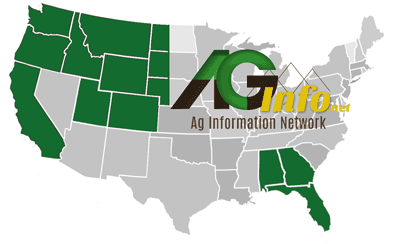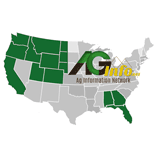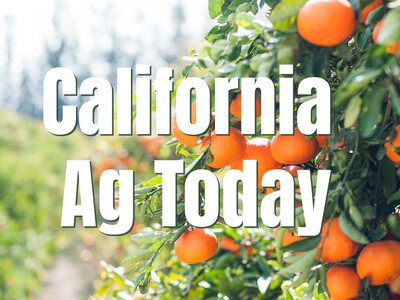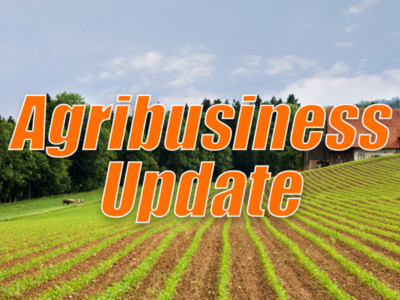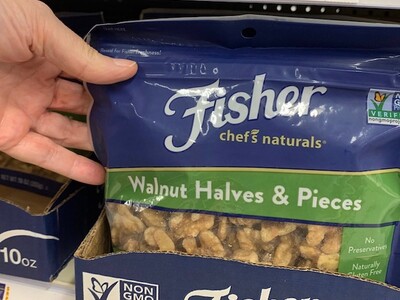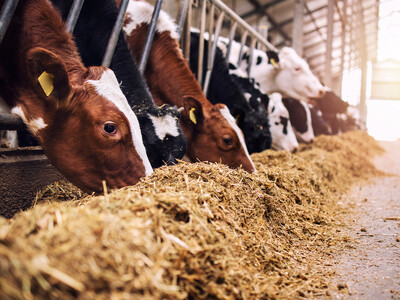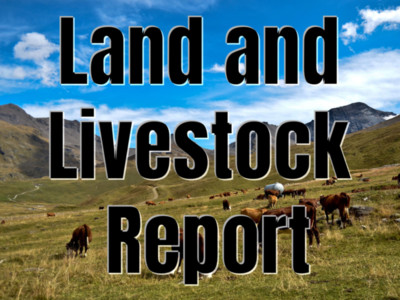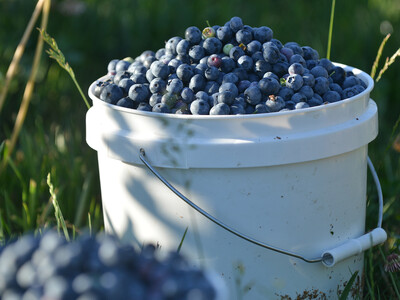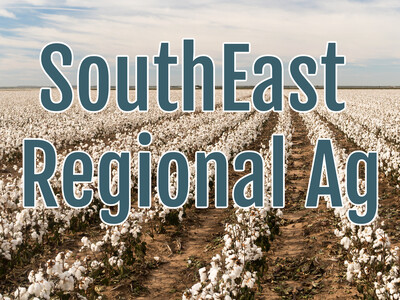Aphid research
University of Idaho Extension educator David Callister’s Monday morning routine from mid-June through mid-September entails visiting four area seed potato fields and transferring bugs from rudimentary insect traps into vials. Callister is part of a labor-intensive but crucial aphid monitoring network that provides surety to southeast Idaho seed potato farmers.Aphids spread an economically important disease of potatoes, called potato virus Y (PVY). Tracking aphid migrations can help growers recognize seasons in which the risk of disease transmission may be elevated and justify costly management decisions, such as applying mineral oil and insecticides to keep the tiny, winged insects at bay.
Based on the 2025 aphid counts, there is concern PVY levels could be elevated in the current seed potato crop compared with the prior year. The number of aphids captured in 2025 was unusually high and sustained throughout July. Based on there own data and other research, researchers hypothesizes that heavy aphid exposure from June through July poses a greater risk of PVY transmission than exposure from August through harvest, as potatoes appear to develop some late-season resistance to the disease.
“Aphid monitoring gives the grower a better picture of risk. For example, if we have a peak flight of aphids in June right after emergence, we can tell growers this may be a high-risk year for PVY, and they can be more prepared to start applying a mineral oil plus insecticide program,” Extension researchers say. “It takes a lot of manhours to implement this monitoring program, but it’s really valuable information.”
